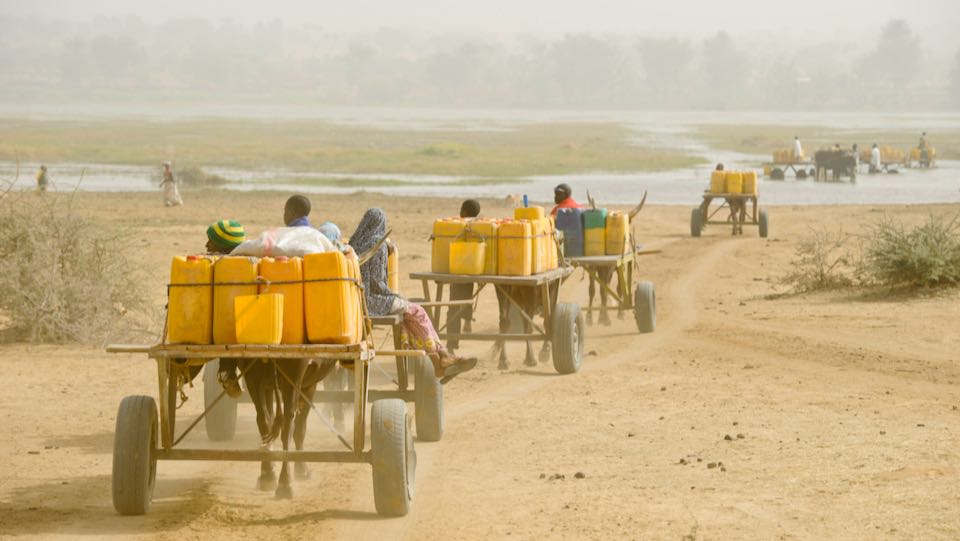UN: 29 percent more droughts since 2000

Since 2000, the number and duration of droughts globally has increased by 29 percent. This is according to the UN Drought Report, which was presented on Wednesday at the 15th Conference of the Parties in the West African city of Abidjan, the capital of Côte d’Ivoire.
Global warming is likely to exacerbate the situation in many regions of the world. The report puts the economic damage caused by droughts at around 124 billion US dollars (117 billion euros) for the years from 1998 to 2017 alone.
“Land is drying out, fertile soil is turning to dust,” warned Ibrahim Thiaw, Executive Secretary of the International Convention to Combat Desertification (UNCCD). “Droughts are among the greatest threats to sustainable development.”
More and more regions are affected by water shortages, loss of fertile land and persistent drought, he said. Thiaw had already called the increasing droughts in Europe as well a “wake-up call for Europeans” the previous day. “No country is immune to drought,” he stressed.
Hotspot Africa
The consequences of the droughts can be seen, for example, in the spread of desert areas in the Sahel and the repeated famines in the Horn of Africa, for example in Ethiopia and Somalia. There, many people have been waiting in vain for months for rain.
According to the report, Africa is more affected by drought than any other continent: in the past hundred years, more than 300 drought events have been recorded there, the report says. That is 44 per cent of the world’s droughts. In addition, sub-Saharan Africa is experiencing the effects of climate change in a dramatic way: extreme weather events (in German) such as drought are occurring more frequently and more intensively.
17 percent of Europeans affected
“Every year, the world loses an area of fertile soil the size of Bulgaria,” said Jochen Flasbarth, State Secretary of the German Federal Ministry for Economic Cooperation and Development (BMZ) in Abidjan. “We have to stop this. Without fertile soils, there is no food either.”
In Europe (in German), too, 45 major droughts were recorded in the last century, affecting millions of people and causing total economic damage of 27.8 billion US dollars. Drought now affects about 15 percent of the EU’s land area and about 17 percent of its population, he said. Annual economic losses in the EU and the UK now amount to nine billion euros.
Germany: delicate situation in the northeast
For years, the balance sheets of the German Weather Service have repeatedly shown not only increases in temperature compared to prior times, but also a lack of precipitation.
Particularly in the northeast of Germany, farmers have been regularly complaining about drought problems for years. In April, for example, only 25 litres of rain per square metre fell there in some places, exacerbating the already existing precipitation deficit. The Drought Monitor of the Helmholtz Centre for Environmental Research already shows exceptional or extreme drought in the overall soil in large parts of Brandenburg, but also in regions of Lower Saxony.
Too little water for billions
This year alone, according to UN figures, nearly 160 million children are exposed to severe and persistent drought, and more than 2.3 billion people have no regular access to clean water. Some 785 million people do not even have a basic supply of drinking water. According to UN estimates, every fourth child worldwide could be affected by water shortage by 2040.
There is no all-clear in sight. By 2050, more than three quarters of the world’s population could be affected by drought. According to the report, between 4.8 and 5.7 billion people will live in areas where there is a temporary water shortage for at least one month a year. Currently, this applies to 3.6 billion people. (dpa / hcz)